A mental health crisis: Youth are struggling like never before as experts grapple with ways to help
|
Published: 12-04-2023 11:04 AM
Modified: 12-11-2023 8:46 AM |
NORTHAMPTON — Like many of their peers, 15-year-old Kai Imperial-Jewett experienced “some pretty dark times” during the quarantine and isolation days of the pandemic.
Even with supportive parents, as an only child and middle-schooler without any in-person connections with friends and community, Imperial-Jewett fell into unhealthy coping mechanisms.
Now a sophomore at Northampton High School, they are in a better place after returning to in-person classes, building community with peers, and receiving help from a therapist.
“Things are not as dire,” Imperial-Jewett said, but “what happened in the pandemic is still there.”
Imperial-Jewett is far from alone. Surveys both locally and nationally reveal that thousands of young people are struggling with mental health issues, ranging from anxiety and nervousness to stress, low self-esteem, depression, self-harm and suicidal thoughts. It’s such a concern right now that doctors, counselors, school guidance professionals and other experts are gathering for special conferences and creating roadmaps to get youths the help they deserve.
The numbers back up those concerns. In 2020, 45% of youths ages 14-24 in western Massachusetts reported “feeling so sad or hopeless every day for two weeks or more in a row that they stopped doing usual activities,” according to a 2022 report by the Public Health Institute of Western Massachusetts.
While anxiety rates have plateaued or fallen slightly between 2021 and 2023, the Hampshire County Prevention Needs Assessment Survey — administered biennially to about 2,300 western Massachusetts eighth, 10th and 12th graders — found that over half of students still report feeling anxious or nervous most days over the past year. Of those youths, LGBTQ students reported the highest percentages of mental health issues.
At a Massachusetts Health Policy Forum held at UMass in November attended by over 300 people, forum chairman and health consultant Philip W. Johnston described teenagers’ mental health as a “crisis,” while Kathy Mague, senior vice president of the Behavioral Health Network, dubbed the situation a “mental health pandemic.”
Article continues after...
Yesterday's Most Read Articles
While the pandemic is a prominent factor in teen mental health struggles, experts at the forum also pointed to social media, academic pressures, political tumult and societal inequities as stressors and causes of the crisis, which has been intensifying for a number of years.
From 2007 through 2021, the national suicide rate among young people ages 10 to 24 increased by 62%, according to a 2023 Centers for Disease Control and Prevention report.
This year alone, 17.1% of Hampshire County youths reported engaging in deliberate self-harm, while 15.5% say they have seriously considered suicide, according to the 2023 Prevention Needs Assessment Survey.
And overall, only around half of teens believe their school is sufficiently prepared to help students thinking about suicide, while less than half of youths wanting or needing help with their mental health reported receiving such support.
“Now that we have support systems with our friends, that’s great, but at the same time we’re also just kids and we don’t know how to help our friends professionally,” Imperial-Jewett said. “You need to betray your friend’s trust so they don’t hurt themselves or kill themselves … and that’s not something teenagers should have to go through or think about.”
The 2023 Prevention Needs Assessment Survey showed that 69% of trans and nonbinary students in western Massachusetts reported that they “felt depressed or sad most days in the past year.”
Female students also reported high rates of sadness and depression, at 48%, alongside 29% of male students.
The survey did find that populations hit hardest by mental health problems — including trans, nonbinary and LGBTQ youth, and girls — are also the most likely to have received help. And the majority of students who reported going to therapy said they found it beneficial.
Nevertheless, because the majority of health care workers are white and female, it can be difficult for people of color and LGBTQ people to find mental health care providers with shared life experiences.
“Affirmation is lifesaving for trans and nonbinary people,” Robbie Goldstein, the state’s public health department commissioner, said at the UMass forum. “A single person who affirms someone’s identity may be enough to prevent suicide, to address depression, to have a really positive impact in someone’s life.”
While stigma surrounding mental health issues still exists, school counselors and health experts agree that youths today speak more openly about mental health than they did in years past.
Experts also agree that youths are generally more educated about mental health and are better able to describe their emotions.
“Mental health issues are less likely to be hidden these days,” said longtime psychologist Greg Handel, president of Handel Behavioral Health in Amherst, who added that based on his work, he has not seen the overall mental health of teenagers getting worse or better over the years.
“One of my pet peeves is people saying, ‘Oh, years ago wasn’t as bad as it is now,’” Handel said. “I think some of the particular dynamics have changed, but overall in terms of scale, I don’t see it being worse or better, just somewhat different.”
“Mental health is always a crisis; that’s the nature of it,” he said. “There’s no pain like mental pain or emotional pain.”
Still, experts at the UMass forum pointed to a need for further destigmatization of mental health issues, with a focus on generational, gender and cultural differences.
Maayan Seltzer, a 16-year-old at Northampton High School, says that for many of her peers, academic pressure is a main cause of anxiety, and that was only made worse by the pandemic.
“Middle school into high school is a big developmental stage for managing work, time management, and also managing emotions,” Seltzer said. “That was just something I feel like at this age, we just completely missed out on, so now we’re having to just jump right into high school, not knowing how to deal with any of it.”
At Easthampton High School, School Adjustment Counselor Hannah Fleischmann — whose position was created to meet an increased demand for counselors post-COVID — said she has noticed that students who attended middle school online are particularly impacted by mental health struggles now as 10th graders.
“Middle school is a really transformative time … where you really learn how to have more responsibility,” Fleischmann said. “It’s a big time for social development, so I think missing a lot of middle school was a big loss.”
Returning to school, she said “students have been having to regain a tolerance to be in a structured environment.” And, for many students struggling with that transition and not satisfying the expectations of teachers or parents, that results in low self-esteem, high stress levels and other challenges.
“I don’t think it’s just about the kids,” said Alexa Mignano, director of school-based clinical services at River Valley Counseling Center, which works with 67 area schools to provide therapy to around 1,700 children and teens. “It’s about the adults who are struggling, too. If the adults are struggling, then the kids are going to struggle as well, so I think it’s beyond just saying that it’s a crisis for our kids.”
Before the pandemic, the counseling center (RVCC) rarely had a waitlist for its school program. Now, the organization has waitlists at almost every location, with referrals nearly doubling in volume.
“The pandemic exacerbated problems that were starting to develop already,” Mignano said, adding that while models like RVCC are one piece of the puzzle, systemwide approaches are needed to support the wellness of schools and communities.
As in other health care professions, there is a workforce shortage in the mental health field.
The American Academy of Child and Adolescent Psychiatry reports that in Massachusetts, for every 100,000 children, there are only 36 psychiatrists specializing in children and adolescents.
Without sufficient lower-level care such as outpatient therapy and counseling to meet demand, hospitals across the country are feeling the mental health crisis through an influx in behavioral health patients needing emergency care.
Almost daily at Cooley Dickinson Hospital in Northampton, behavioral health patients are waiting in the hallway to get a bed in the Emergency Department, said Chair and Medical Director of Emergency Medicine Alberto Perez.
“It’s a lack of inpatient psychiatric beds,” Perez said.
The department can see three to five behavioral health patients on any given day, but “there have been times where we’ve had 12 behavioral health patients, and they’re there for a few days, which really puts a strain on the Emergency Department.”
“I hate to see a young person who is in mental health distress in a hallway, having to deal with the chaos of the Emergency Department,” Perez said.
“This has been a crisis for some time,” said Chief Communications Officer Jeff Harness. “Every day at hospitals across our state, including Cooley Dickinson, staff are looking for resources, looking for beds, calling around to try to get the referral and get our patients where they need to be. That is a big struggle.”
Recognizing the crisis, youth mental health was named the regional focus for the 2022 Community Health Needs Assessment, which is conducted by the Coalition of Western Massachusetts Hospitals/Insurer, to which Cooley Dickinson belongs.
Interviews with mental health providers and youth program managers for the report emphasized the importance of community involvement; restarting/replacing programs that were canceled due to the pandemic; and listening to youths’ voices.
Up to 95% of youths between the ages of 13 and 17 report using social media, with over a third saying they use social media “almost constantly,” according to a U.S. Surgeon General’s Advisory issued in May.
“I think it’d be too easy to blame the pandemic,” Harness said. “Pretty much everybody in society is expressing feeling lonely and isolated. … It is ironic that in a time in society when we’ve never been more connected, we’re not always feeling connected.”
The hospital coalition report brought up social media as both a positive and a negative influence on the mental health of young people.
For teenagers who struggle to find people who share identities or interests — LGBTQ youth in particular — social media enables them to more easily build relationships and form communities, a key component of positive mental health.
On the flip side, social media often promotes unrealistic expectations causing teens to compare themselves to peers; can serve as a platform for bullying; and creates constant exposure to news stories, which can be “exhausting, scary, anxiety-inducing, and even traumatic for some youth,” according to the report.
“We learned that, in the pandemic, social media was their only social outlet. That was it,” said Lavagn Claudio, director of Family Support and Training at Gandara Center, a bilingual mental health center in Springfield. “This is when we saw this take off and become embedded in daily life.”
Social media isn’t going anywhere, Claudio said, “Instead of being the advocating of saying ‘get off of it,’ how about we just scroll with them?”
Giving teens a sense of autonomy and listening to their voices is essential to find solutions not only to the negative impacts of social media, but to the mental health crisis at large, according to high schoolers, counselors and health experts.
“What we can do about it as adults and community members is to really listen to young people,” said Harness at Cooley Dickinson.
Northampton student Selzter said, “Especially if we’re talking about ways to fix it, I feel like the biggest voice that’s important is the youth themselves.”
Maddie Fabian can be reached at mfabian@gazettenet.com.

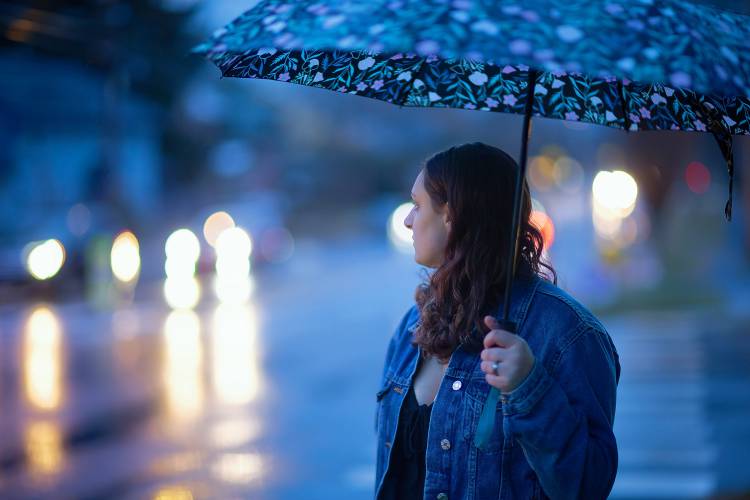
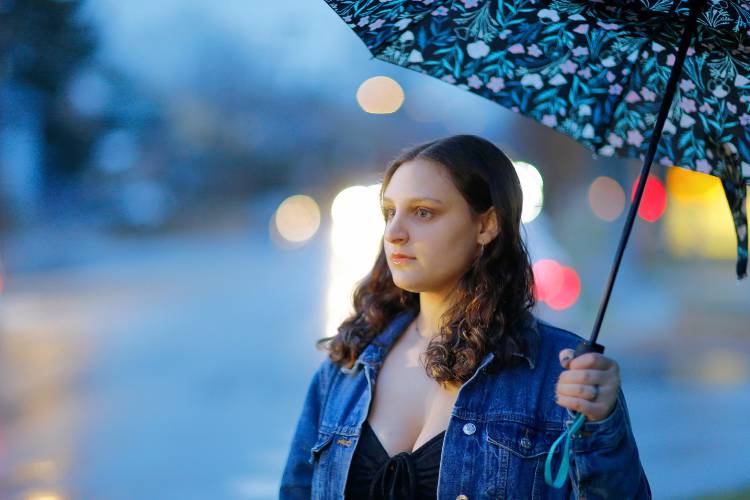
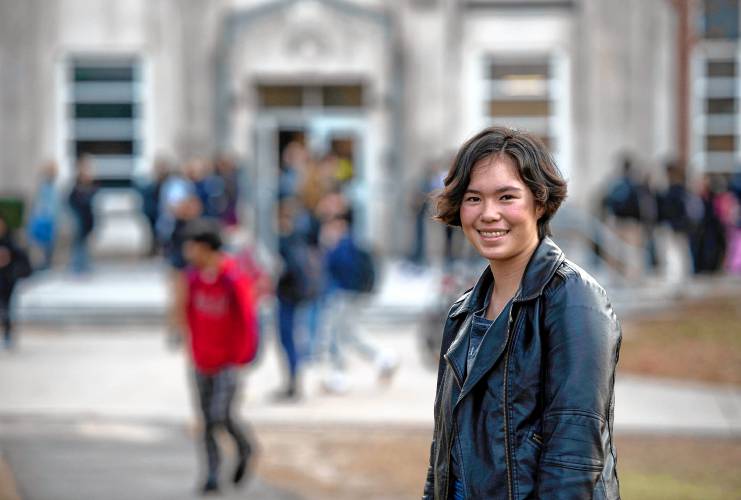
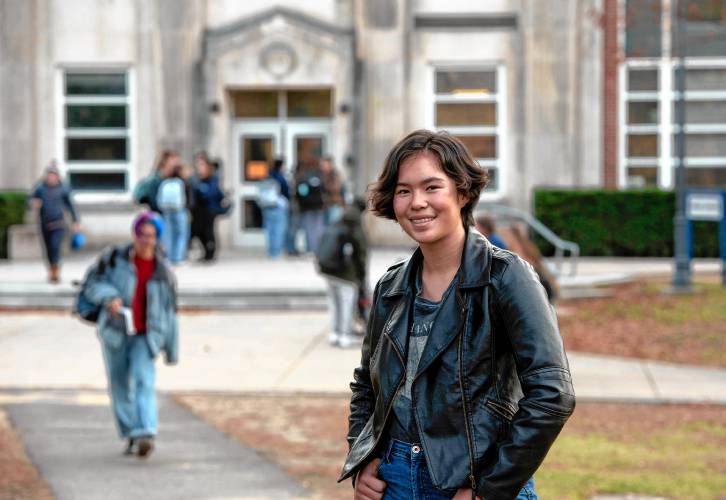
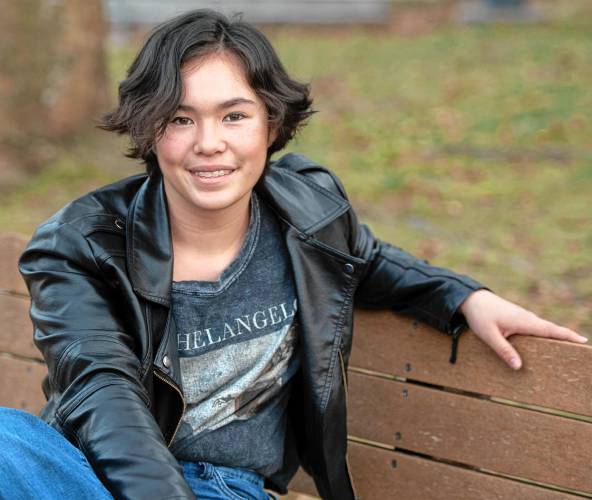
 Area property deed transfers, May 2
Area property deed transfers, May 2 Pro-Palestinian encampment disperses at UMass, but protests continue
Pro-Palestinian encampment disperses at UMass, but protests continue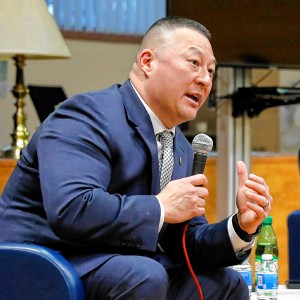 Amherst council confirms Gabriel Ting as police chief
Amherst council confirms Gabriel Ting as police chief Music key to Northampton’s downtown revival: State’s top economic development leader tours city
Music key to Northampton’s downtown revival: State’s top economic development leader tours city 
